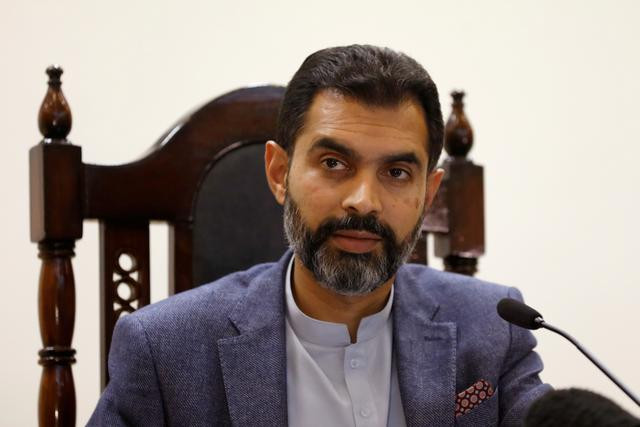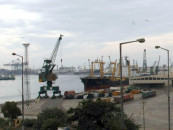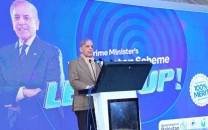Baqir projects sustainable growth
Says robust remittances, RDA inflows will support expansion of economy

Contrary to previous years, Pakistan’s economic growth will be sustainable this time around due to a persistent uptrend in remittances, robust inflows through Roshan Digital Accounts (RDAs) and expected rise in exports owing to the refinance facility, said State Bank of Pakistan (SBP) Governor Reza Baqir.
Speaking at a session titled “The Future of Pakistan’s Economy” at the Leaders in Islamabad Business Summit on Wednesday, Baqir said that the textile sector was aiming to enhance exports by $5 billion after the modern machinery imported with the help of Temporary Economic Refinance Facility (TERF) was installed.
He added that the foreign exchange reserves were climbing due to the receipt of robust remittances and hefty inflows via RDAs. He cherished that on average 1,000 RDAs were being opened every day.
The governor expected the economic growth to consolidate further following capacity expansion of the export-oriented industry as businessmen were upgrading their units with state-of-the-art equipment imported under TERF.
Talking about how monetary and fiscal policies would aid the ongoing growth momentum, the SBP governor pointed out that SBP’s policies had begun responding immediately to the deterioration in macroeconomic indicators.
“The current account deficit has been rising since June 2021 and the exchange rate began adjusting in May, therefore, our policies are responding in a timely manner,” he said. “We now have a market-based exchange rate and it acts as a natural shock absorber.”
He lamented that macroeconomic policies were delayed in previous years whenever imports rose and the current account deficit widened and as a result, the government had to devalue the rupee.
“When imbalances increase and corrective decisions are delayed, difficult measures need to be taken,” he said.
He was of the view that immediate and timely responsive measures would aid the sustainability of growth.
Talking about the hike in SBP’s policy rate, he said that when the central bank observed continuous widening of the current account deficit, the monetary policy committee acted to moderate demand and increased the policy rate.
He lamented that due to the lack of structural reforms, Pakistan’s capacity to produce goods and services was limited and the country was left with no option but to import when demand for products rose more than supply.
Dismissing claims that foreign exchange reserves were increasing due to borrowing, he said that net international reserves had risen by $16 billion since June 2019.
He elaborated that the net international reserves excluded the foreign loans and the increase reflected that the reserves were not rising due to foreign borrowing.
The SBP governor pointed out that there was a consistent improvement in the external account over the past year despite the Covid-19 outbreak.
He stated that the KSE-100 index grew 30% from June 2019 to January 2020 and prior to the Covid-19 pandemic in Pakistan, Bloomberg termed Pakistan’s stock market one of the best in the world and the best in Asia.
Published in The Express Tribune, September 23rd, 2021.
Like Business on Facebook, follow @TribuneBiz on Twitter to stay informed and join in the conversation.


















COMMENTS
Comments are moderated and generally will be posted if they are on-topic and not abusive.
For more information, please see our Comments FAQ